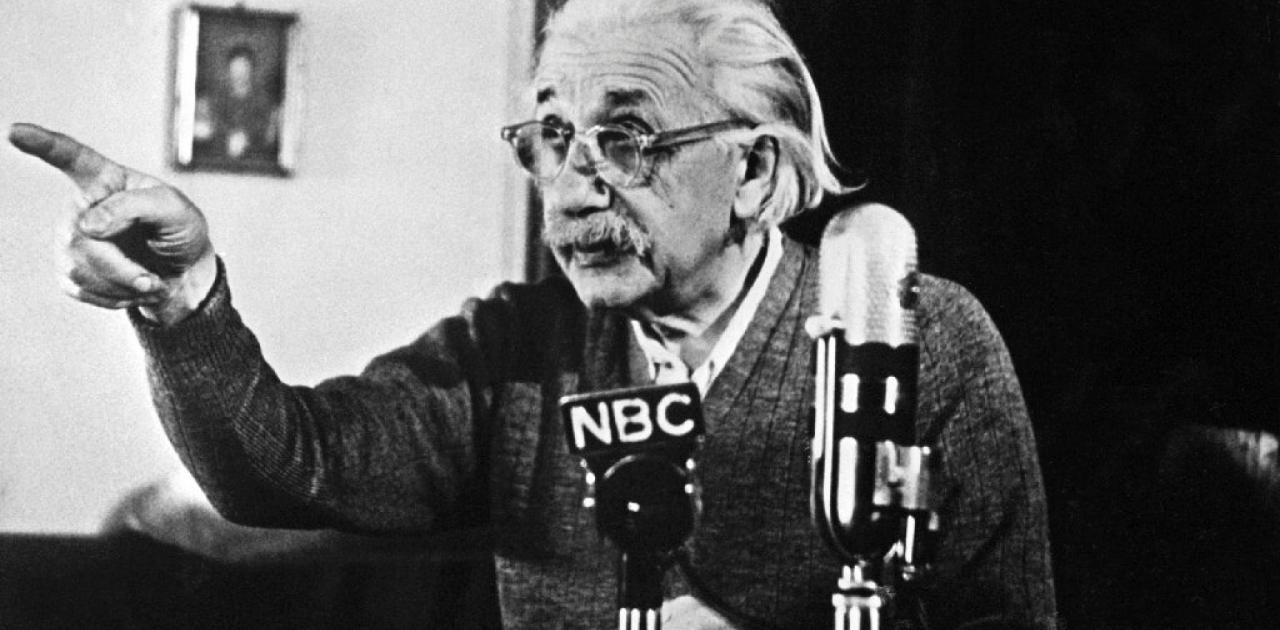
A team of scientists led by China claims to have achieved a breakthrough that could rewrite Nobel Prize-winning theory by Albert Einstein
In 1905, Einstein published a paper explaining the photoelectric effect, in which he argued that light consists of discrete packets, “quanta of energy,” which are now called “photons,” in contrast to the widely accepted wave theory of light at the time.
He predicted that photons above a certain frequency when falling on a particular material would fling electrons from its surface. This phenomenon is called the photoelectric effect, which is said to have led to the revolution in quantum physics in the 20th century. The discovery of the photoelectric effect earned Einstein the Nobel Prize in Physics in 1921.
The discovery of the photoelectric effect laid the foundation for many modern technologies that rely on light detection or electron beam generation. High energy electron beams have been widely used For analysis of crystal structures, cancer treatment, bacteria killing and alloying machinery.
Materials that convert photons into electrons are known as photocathodes. It should be noted that most of the light paths known today were discovered about 60 years ago and all of them are said to have some flaws. The electrons produced by this photocatalyst scatter in angle and velocity.
More than a century after Einstein received the Nobel Prize in 1921 for his discovery of the photoelectric effect, A team of researchers from China, Japan and the USA He has now published a paper that, according to reports, could spark a new quantum revolution.
Strontium titanate (SrTiO3)
A team of researchers led by He Ruihua of Westlake University in Hangzhouin east China’s Zhejiang Province, a paper in the journal nature on March 8th.
In this research, the team used a new material called strontium titanate (SrTiO3) to obtain a focused electron beam with an energy level enhanced by at least an order of magnitude. Strontium titanate (SrTiO3) is a quantum material that has a variety of interesting properties. According to the He group, the electron beams obtained after excitation of SrTiO3 are coherent.
“Cohesion is important to the beam, it concentrates the flow like a tube in a faucet. Without the hose, water will be sprayed everywhere when the faucet is wide open. Without coherence, electrons will scatter.”And said Hong Kaiyun, author of the paper. “With the coherence we have obtained, we can increase the intensity of the beam while the beam can maintain its direction”Hong said as well.
Also, the photoemission intensity of SrTiO3 is greatly enhanced, according to the team.
“This exceptional performance proposes new physics that go beyond the well-established theoretical framework of photoemission.”Hong said.
In addition to Einstein’s original discovery
The discovery led the team to devise a new theory to explain the unparalleled coherence. “We have come up with an explanation as a supplement to Einstein’s original theoretical framework. It is contained in another document now under review.”said the professor.
Paper co-author Arun Bansil of Northeastern University in the US welcomed the finding. “This is a big problem because no mechanism in the current understanding of photoemission can produce such an effect. In other words, we don’t have any theory for it, right now, so it’s a miraculous discovery in that sense.”Bancel said.
According to Hong, the new theory predicts An entire class of materials having the same optical properties as SrTiO3 exists. SrTiO3 provides the first example of a fundamentally new class of quantum photocathode materials. It opens new horizons for applications that require intensive electronic packages.”He said.
The professor said so The discovery came from their focus on a conventional technique called angle photoemission spectroscopy (ARPES).
ARPES is widely used to study electronic structures in solids, usually crystalline solids. It measures the kinetic energy and emission angle distributions of the emitted photoelectrons.
“In recent decades, physicists and materials scientists have mainly used ARPES to study electronic structures related to optical, electrical and thermal properties. Our team has adapted an unconventional configuration of ARPES and measured another part more closely related to the photoelectric effect. “He said.
“During testing, we found the extraordinary photo-emitting properties of SrTiO3. Previously, quantum oxide materials represented by strontium titanate were mainly studied as semiconductor substitutes and are currently used in the fields of electronics and photocatalysis. The material will certainly be very promising in the photocathode field in the future.”

“Total alcohol fanatic. Coffee junkie. Amateur twitter evangelist. Wannabe zombie enthusiast.”





More Stories
When will humans disappear from Earth? The world's first supercomputer simulation provides the answer
NASA: Received a laser message from deep space for the first time
Get the remastered legendary Mass Effect trilogy for less than €6!